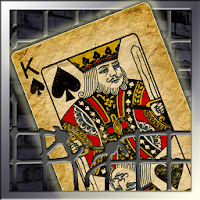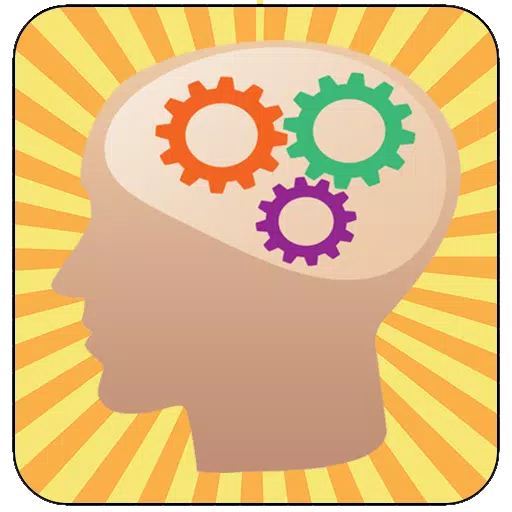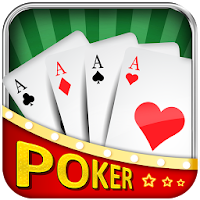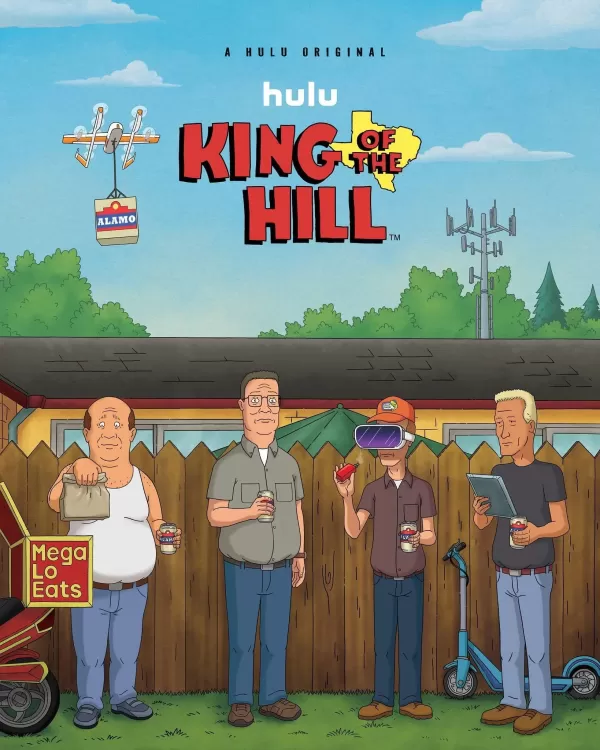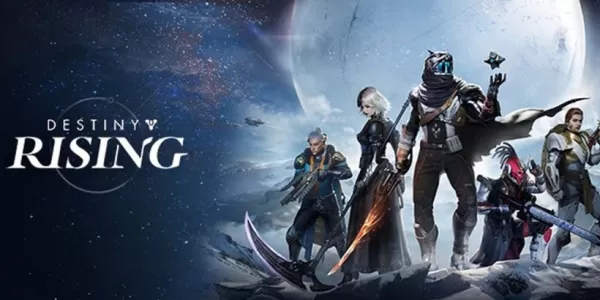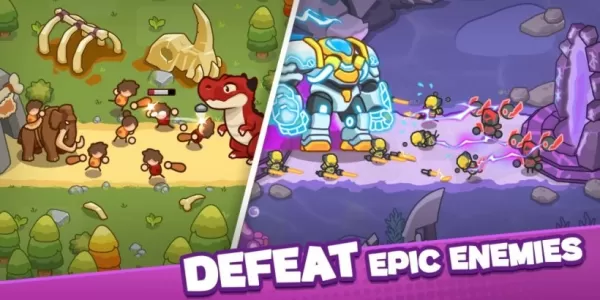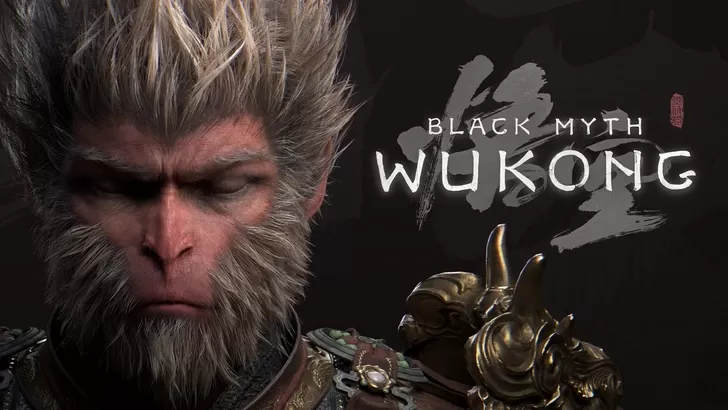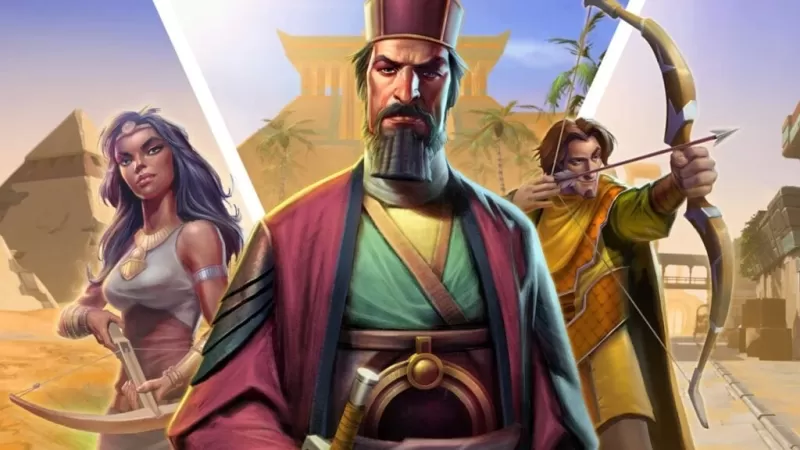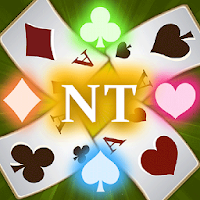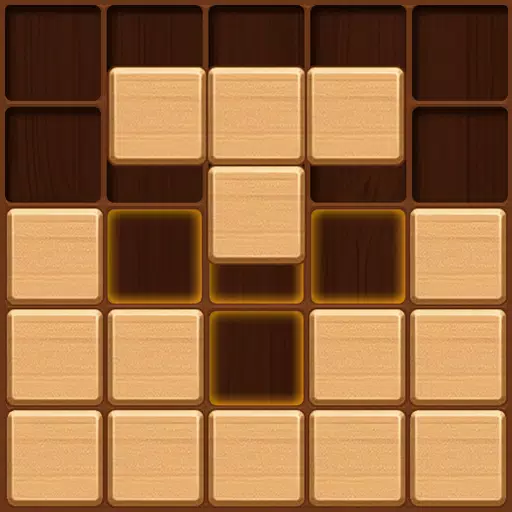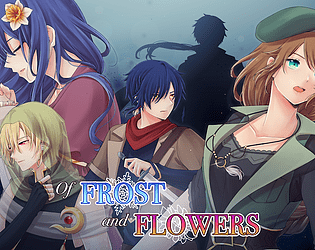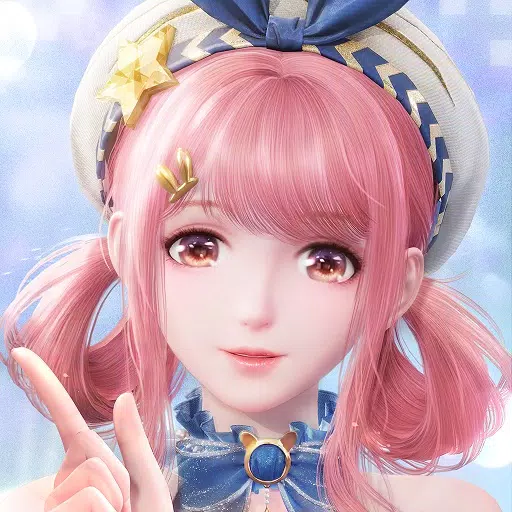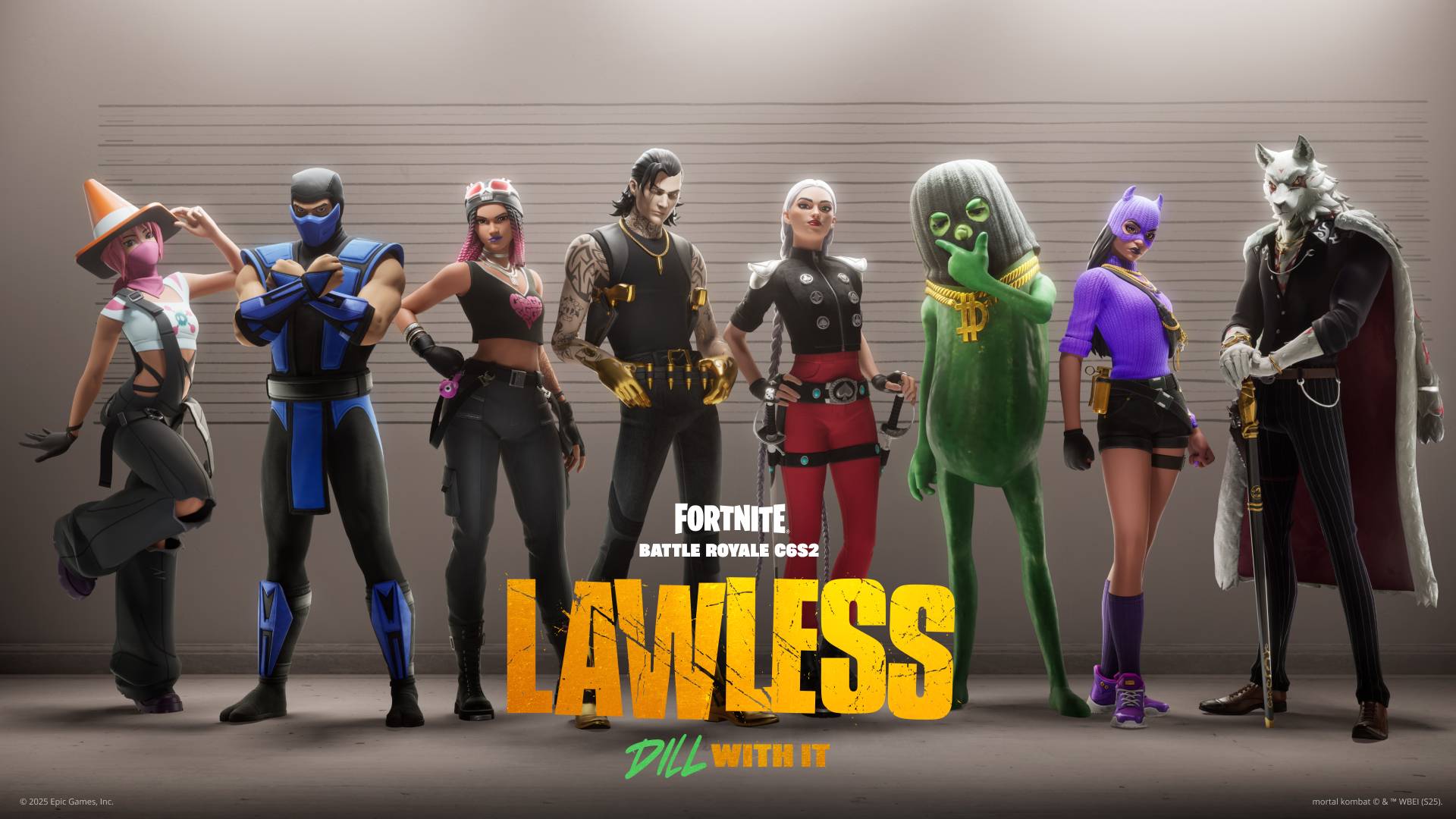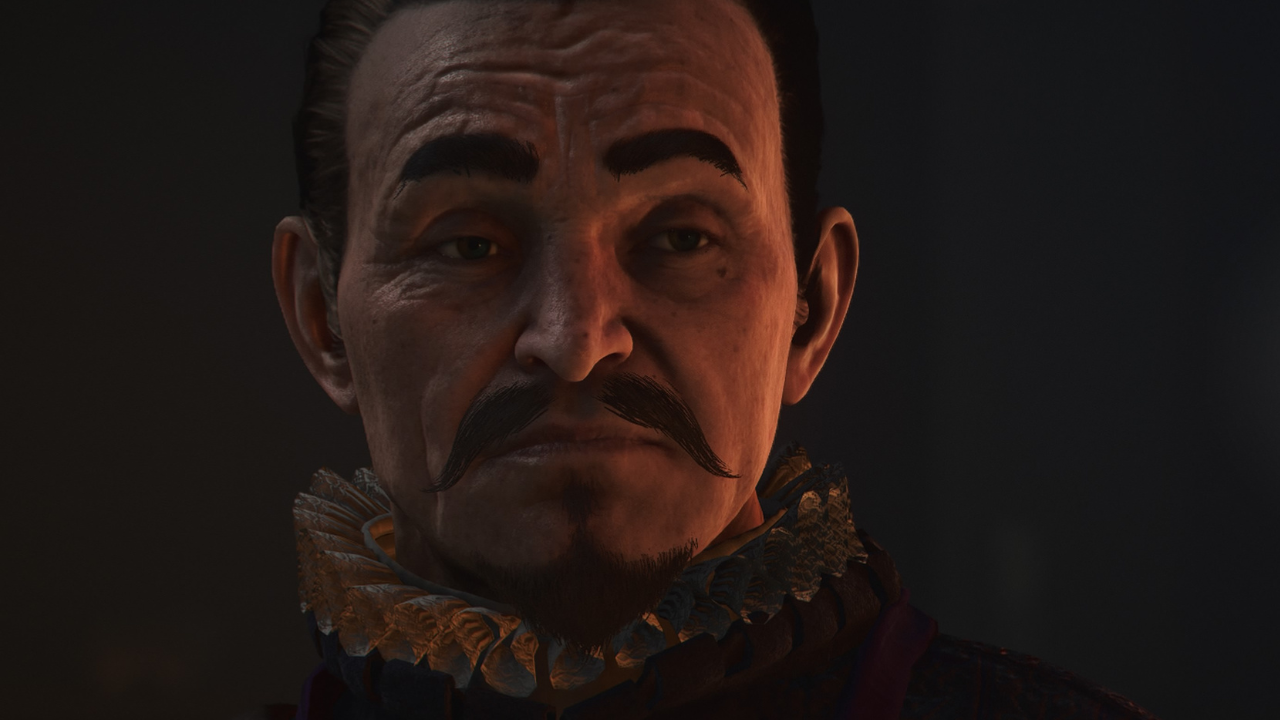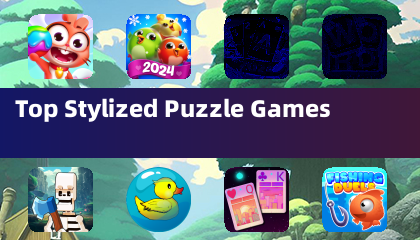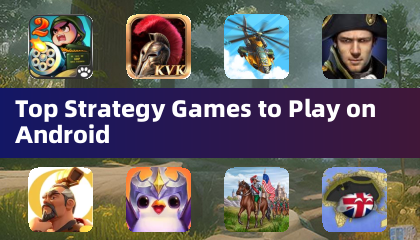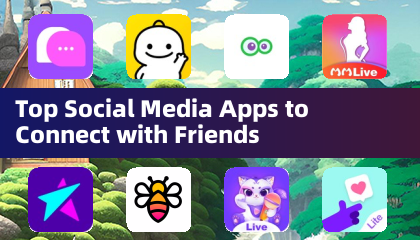"Lost Records: Bloom & Rage - A 90s Nostalgia Trip"
In 2015, the French studio Don't Nod set a new standard for interactive dramas with Life is Strange, a captivating adventure that explored the beauty of everyday moments, the strength of unbreakable friendships, and the inexorable march of time. Players were drawn in by its meticulous attention to detail and the freedom to explore and influence the game world. While subsequent projects saw the studio exploring various genres, none managed to rekindle the same passion among fans.
Years later, Don't Nod returns to its roots with another coming-of-age story. Lost Records transcends mere interactive cinema; it's a tribute to a bygone era and the carefree spirit of youth. With its evocative atmosphere, compelling characters, and impactful choices, the game captures players' hearts.
Table of Content ---
Friends Reunite to Uncover Secrets from the Past After 27 Years Choices Still Impact Surroundings, Dialogues, and Relationships Bloom & Rage Creates Beautifully Imperfect Characters A Town Worth Dreaming About Slow-Paced Plot The Defining Feature of the Story
Friends Reunite to Uncover Secrets from the Past After 27 Years
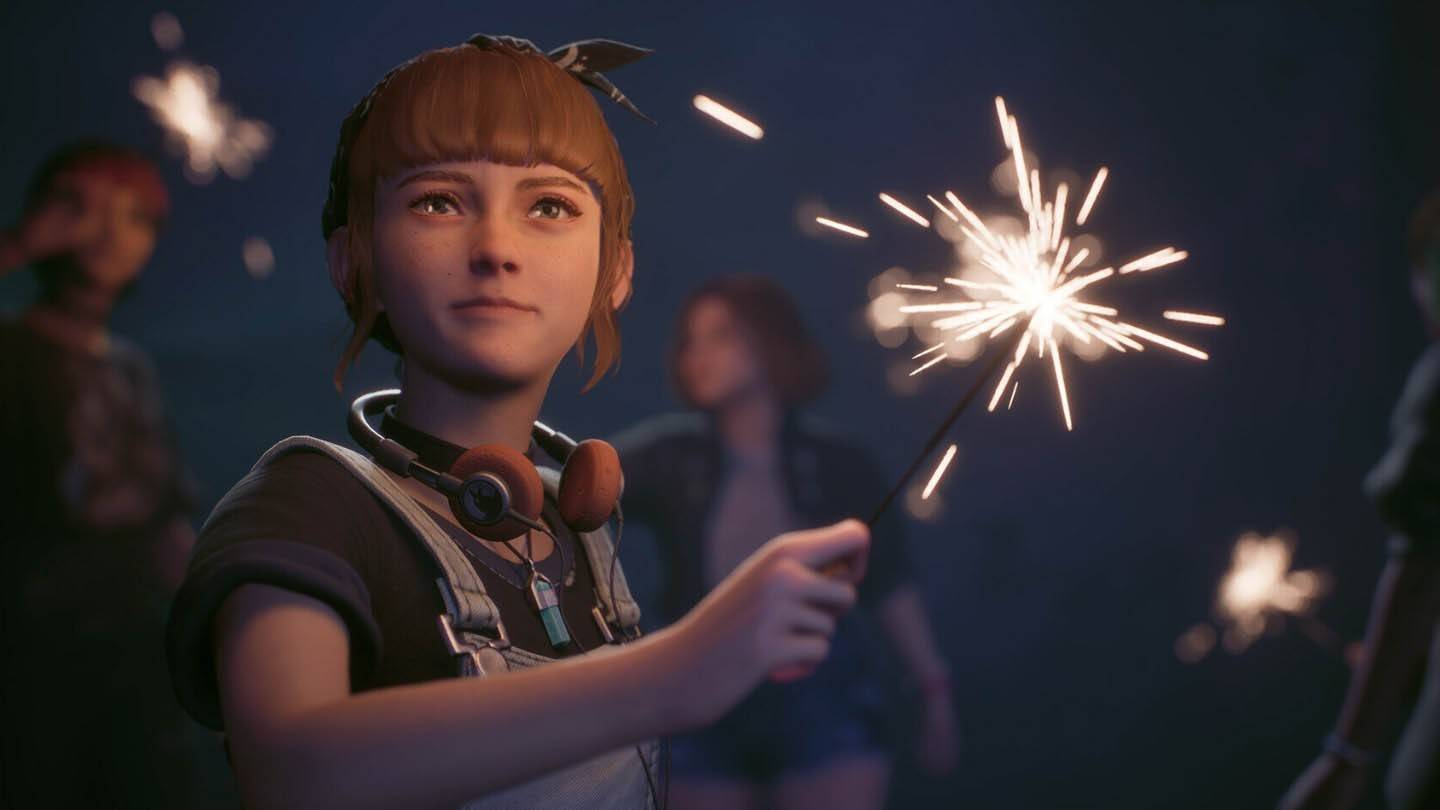 Image: ensigame.com
Image: ensigame.com
At the core of the narrative is the story of four women whose friendship dissolved 27 years ago. The protagonist, Swan Holloway, returns to her hometown of Velvet Bay for a reunion with her old friends and discovers a mysterious package from the past. This package leads them to a forest and an abandoned house, stirring up secrets they thought were better left forgotten. Bloom & Rage encapsulates the essence of reliving a summer night's dream.
The story unfolds across two timelines: 1995, a time of youthful innocence, and 2022, where the women, now in their forties, sit awkwardly in a bar, avoiding the painful memories that drove them apart. The game cleverly switches to first-person mode to emphasize these shifts in time.
Most of the gameplay occurs in the past, allowing players to explore breathtaking locations, nurture relationships, and capture moments with a vintage HVS camera. Video recording is central to the experience, much like Max's photography in Life is Strange. Swan films everything from graffiti to wildlife, even hinting at the paranormal.
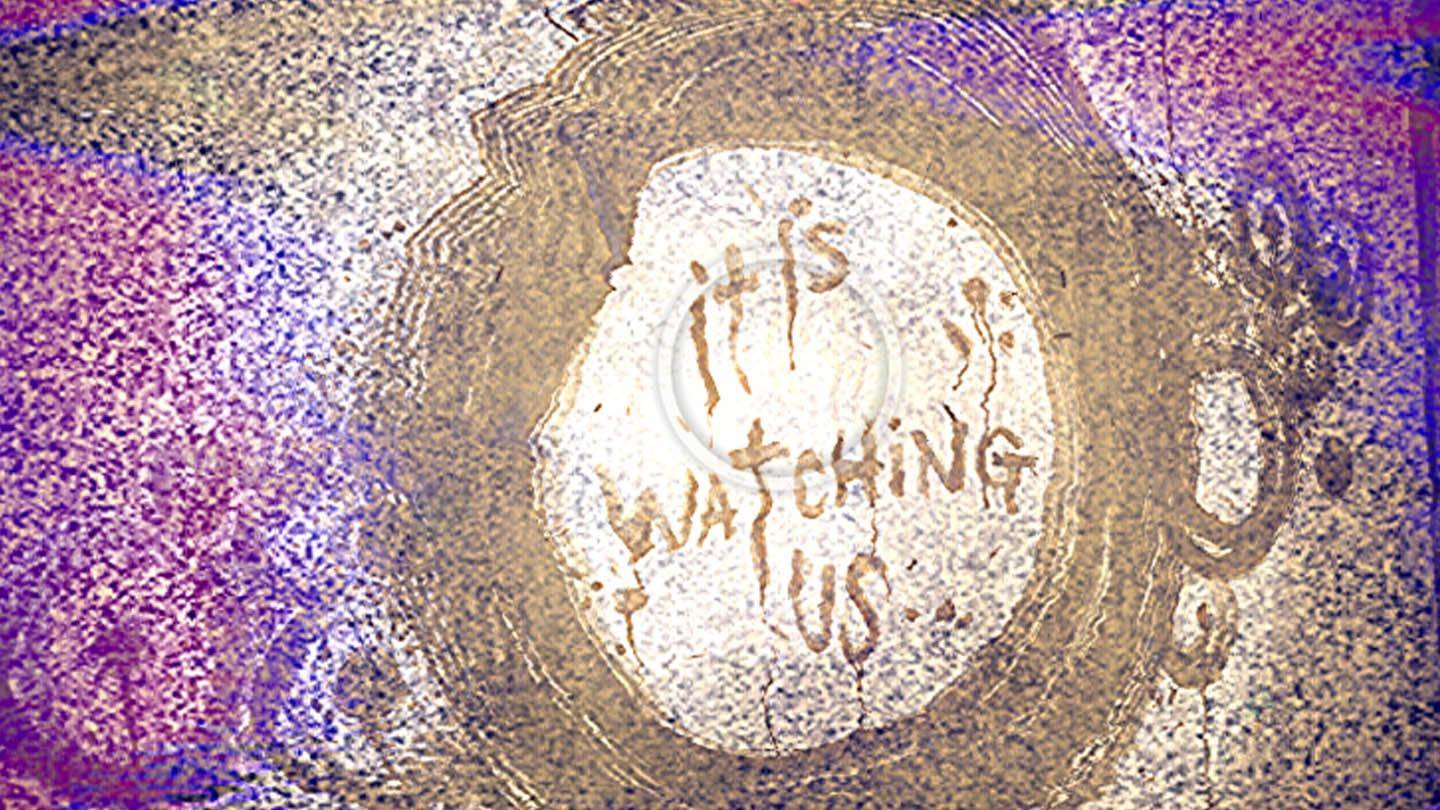 Image: ensigame.com
Image: ensigame.com
Players can edit these recordings into short films within a dedicated menu, categorized by themes. Swan provides commentary on these edits, and while some clips feature in the storyline, they don't alter the plot directly.
Choices made by players have both immediate and long-term consequences, though the episodic nature of the game means fewer lasting impacts, adding to its narrative structure.
Choices Still Impact Surroundings, Dialogues, and Relationships
Lost Records excels in interactivity and meticulous detail, hallmarks of Don't Nod's work.
For instance, if Swan mentions wanting ice cream from a nearby truck, players can choose to buy it or continue with other activities. Delaying too long means missing the opportunity, altering subsequent interactions.
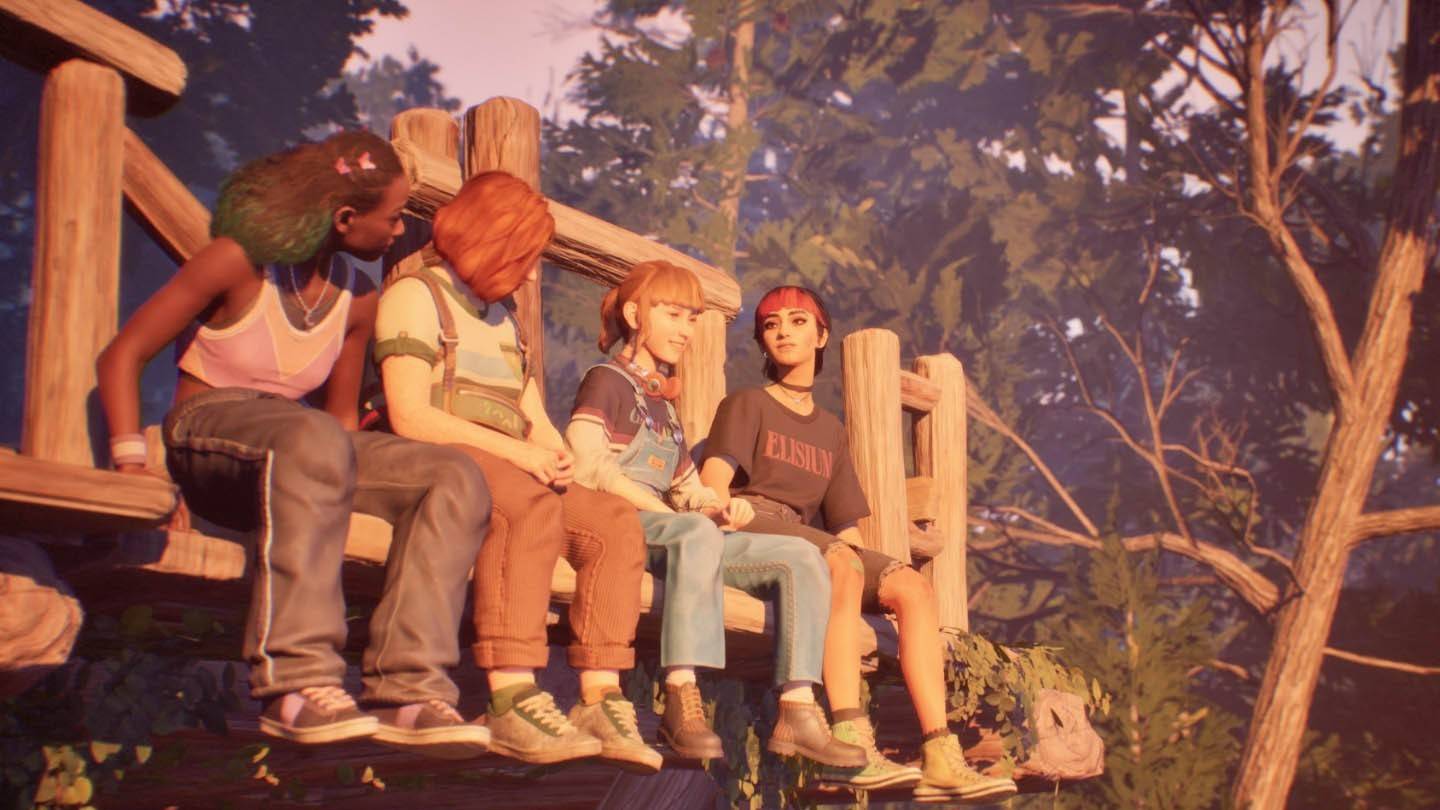 Image: ensigame.com
Image: ensigame.com
The world is dynamic and engaging, with real-time dialogues reminiscent of Oxenfree and Telltale games. Characters interrupt each other, change topics, and even offer silence as an option. Sometimes, saying nothing is more powerful than impulsively revealing secrets.
Building relationships offers freedom of choice. Players don't need to seek everyone's approval; if someone isn't appealing, they can simply be ignored. Swan, though shy, can be encouraged to open up.
Bloom & Rage Creates Beautifully Imperfect Characters
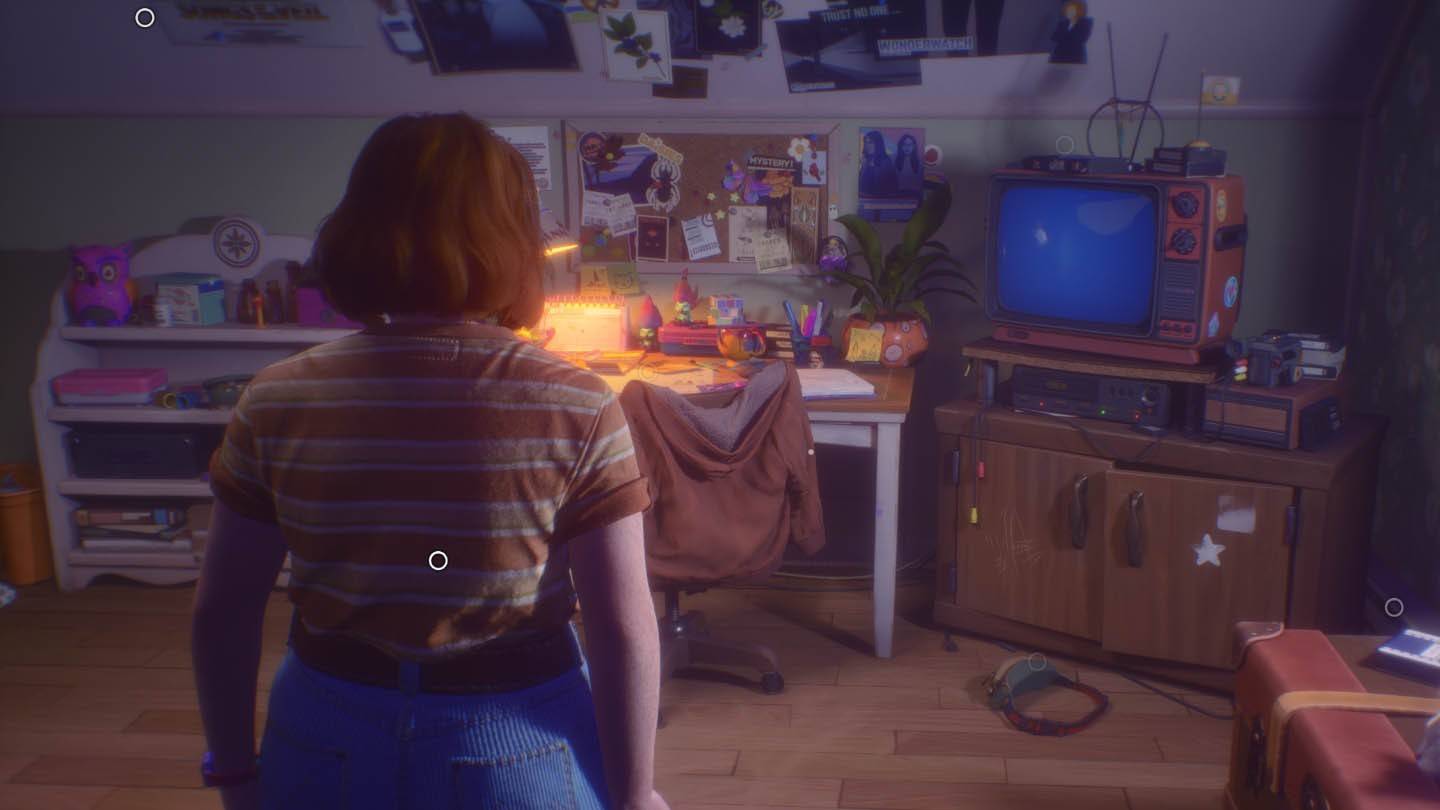 Image: ensigame.com
Image: ensigame.com
Don't Nod crafts characters that feel authentic and relatable. They are loud, occasionally clumsy in their youthful idealism, yet profoundly sincere.
After feeling that Life is Strange: Double Exposure lacked soul, I realized the difference lay in character development. Don't Nod excels at creating personalities that resonate, unlike their successors at Deck Nine.
Swan is endearing—an ordinary 16-year-old struggling with self-doubt and hiding behind her camera. While reminiscent of Max Caulfield, Swan is a distinct character, not merely a rehash.
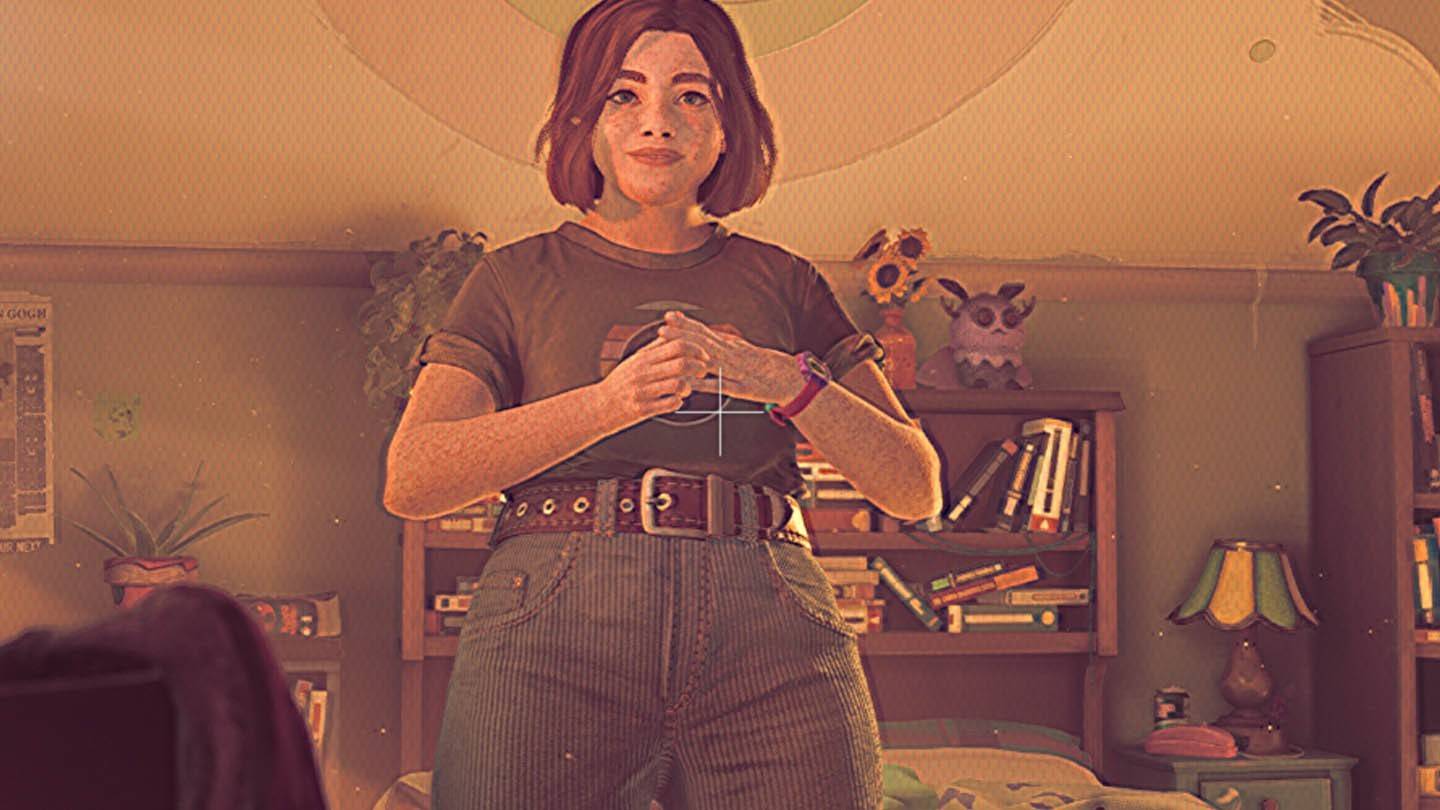 Image: ensigame.com
Image: ensigame.com
Her friends—Ottem, Kate, and Nora—embody familiar tropes but break free from them. Nora, the punk with colorful bangs and American dreams, surprisingly shows caution, while Kate, the passionate writer, pushes Swan to be more daring. Ottem values thoughtful and serious people.
In their company, players feel like teenagers again, full of life's certainties, no matter their actual age. Lost Records is a journey not only into youth but also into the heart of the '90s.
A Town Worth Dreaming About
Nostalgia permeates every aspect of the game, particularly evident in Swan's room, a time capsule filled with '90s relics like bulky TVs, floppy disks, tamagotchis, Rubik's cubes, and troll dolls. Each item invites inspection, evoking both admiration and melancholy.
The game is rich with pop culture references: Sabrina, The X-Files, Tank Girl, The Goonies, Twilight, Casper, Revenge of the Nerds, and more. It also nods to video games like Oxenfree, Night in the Woods, Control, and Life is Strange, along with books and music such as House of Leaves, Nine Inch Nails, and Nirvana.
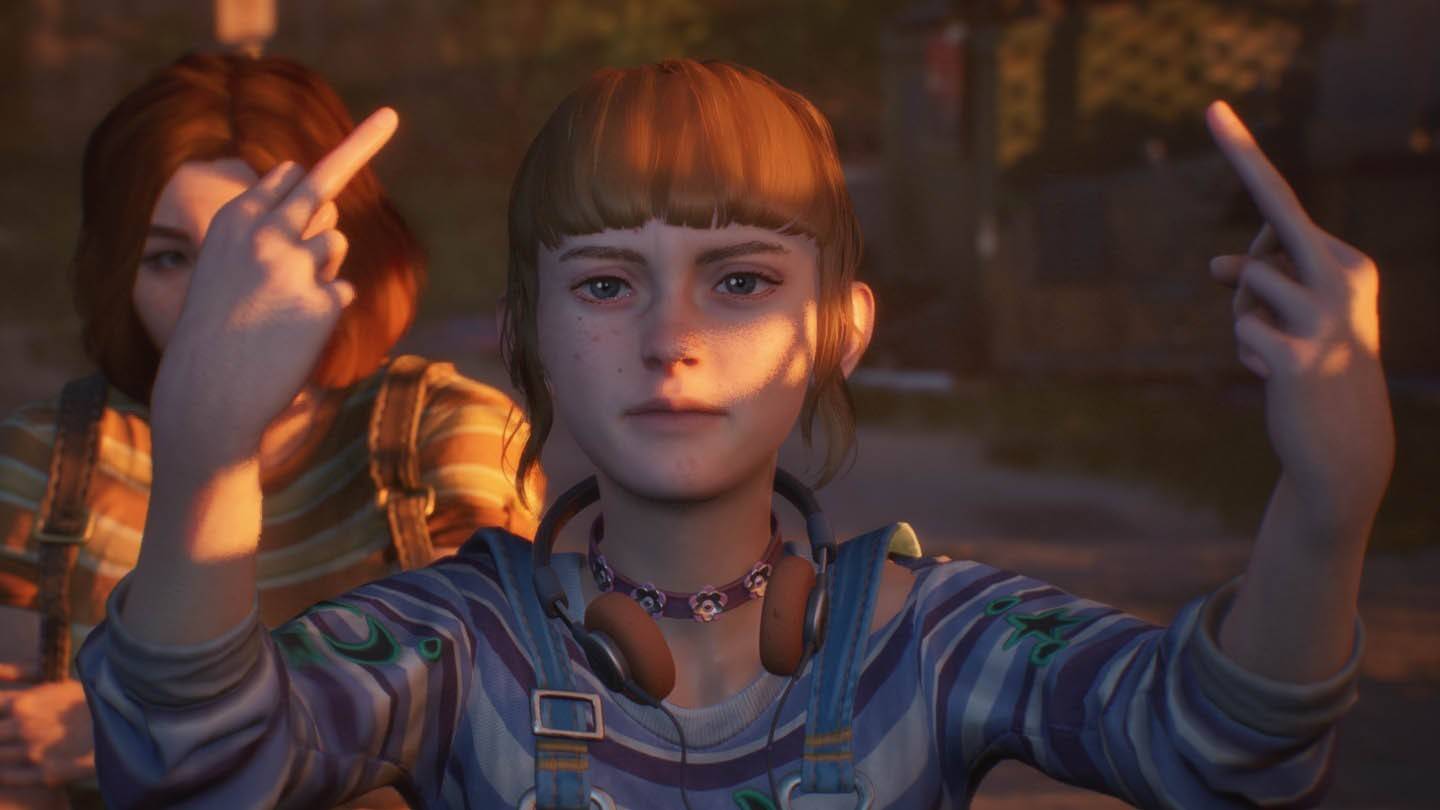 Image: ensigame.com
Image: ensigame.com
The most striking reference is the plot's 27-year gap, reminiscent of Stephen King's It.
The soundtrack is a standout, featuring dream-pop and indie-rock tunes that soothe and linger. Tracks like "See You in Hell" and "The Wild Unknown" are particularly memorable.
Velvet Bay emerges as an idyllic American town, cozy by day and chilling by night. As players delve deeper, Bloom & Rage weaves a tapestry of intrigue and mystery.
Slow-Paced Plot The Defining Feature of the Story
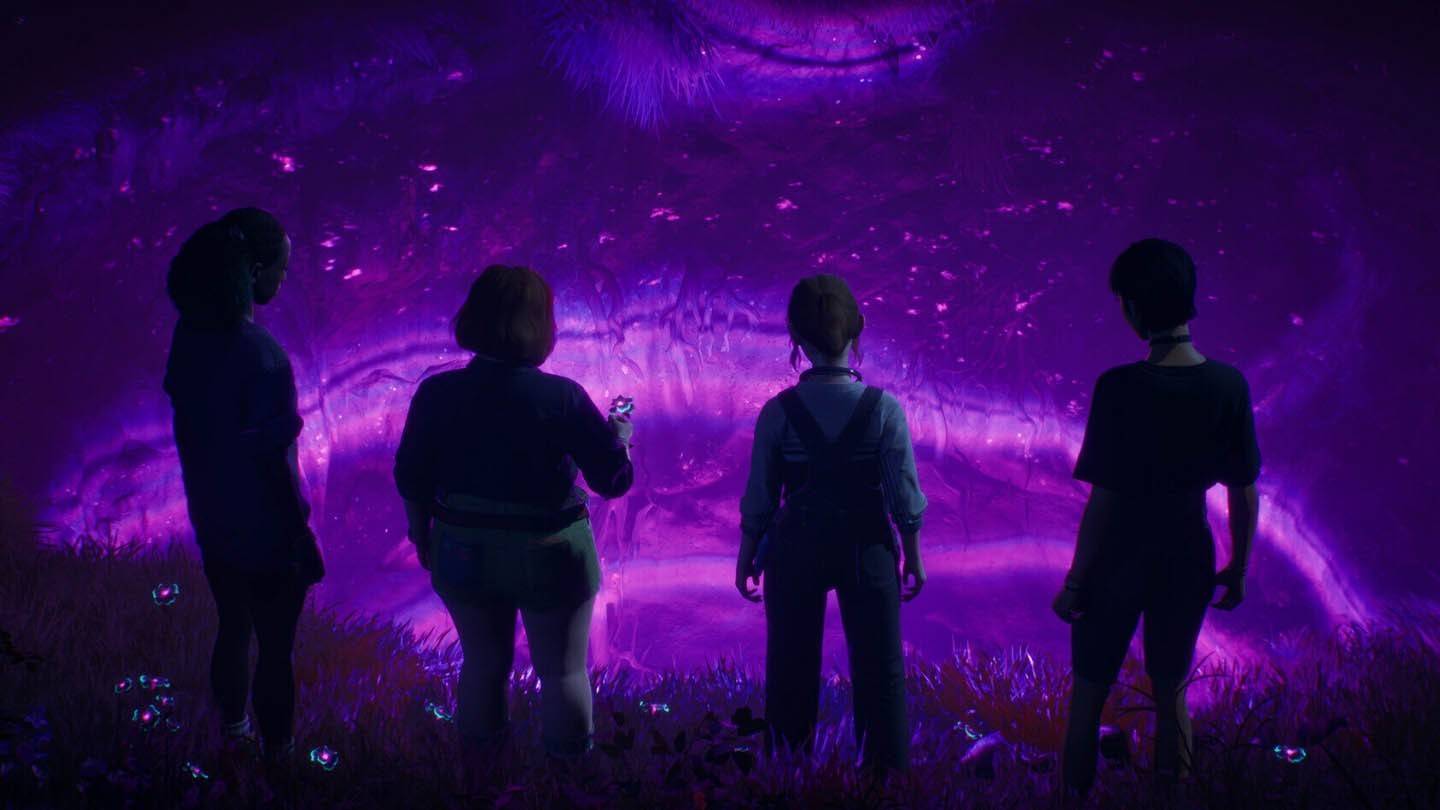 Image: ensigame.com
Image: ensigame.com
The narrative unfolds at a leisurely pace, potentially causing players to forget its mystery genre. Unlike Life is Strange, where the detective elements surface quickly, Lost Records takes its time, focusing first on character development and the '90s atmosphere.
While this slow build might not suit everyone, the tension escalates in the second half of the first episode—or "reel"—culminating in a gripping cliffhanger that sets the stage for the next installment. This approach keeps players engaged and theorizing about what's to come.
Lost Records: Bloom & Rage transports players to the '90s, whether they lived through them or not. It's a film that knows its audience, delivering relatable characters, engaging interactions, and the promise of a compelling story. Its true impact will be revealed with the release of the second part on April 15th. I eagerly await to see if Don't Nod can weave their magic once more.


